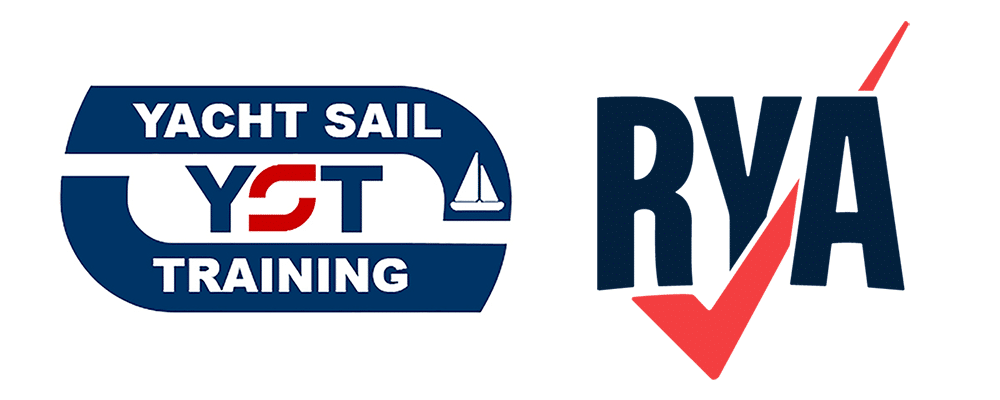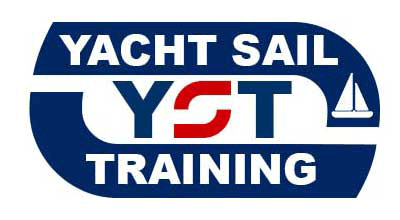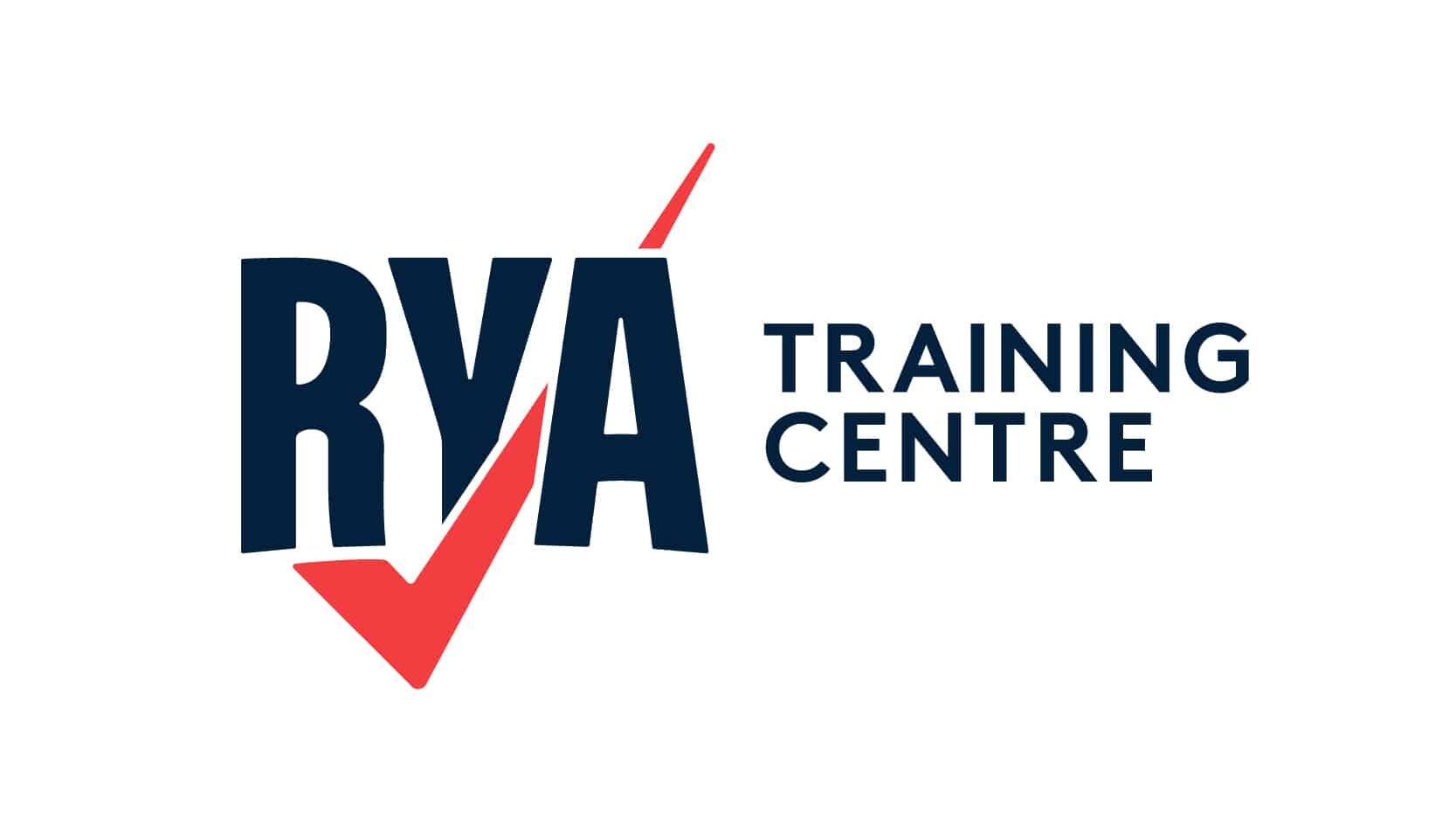APPENDIX
Appendix A – What is abuse?
Revised April 2018
(Based on the statutory guidance supporting the implementation of the Care Act 2014)
Abuse is a violation of an individual’s human and civil rights by another person or persons.
Adults at risk may be abused by a wide range of people including family members, professional staff, care workers, volunteers, other service users, neighbours, friends, and individuals who deliberately exploit vulnerable people. Abuse may occur when an adult at risk lives alone or with a relative, within nursing, residential or day care settings, hospitals and other places assumed to be safe, or in public places.
The following is not intended to be an exhaustive list of types of abuse or exploitation but an illustrative guide as to the sort of behaviour which could give rise to a safeguarding concern:
Physical abuse– including assault, hitting, slapping, pushing, misuse of medication, restraint, or inappropriate physical sanctions.
Domestic violence– including psychological, physical, sexual, financial, emotional abuse; so called ‘honour’ based violence. This won’t happen at a club/centre, but there could be concerns about a participant’s home situation.
Sexual abuse– including rape, indecent exposure, sexual harassment, inappropriate looking or touching, sexual teasing or innuendo, sexual photography, subjections to pornography or witnessing sexual acts, indecent exposure and sexual assault or sexual acts to which the adult has not consented or was pressured into consenting.
Psychological abuse– including emotional abuse, threats of harm or abandonment, deprivation of contact, humiliation, blaming, controlling, intimidation, coercion, harassment, verbal abuse, isolation or unreasonable and unjustified withdrawal from services or supportive networks. In a club context this might include excluding a member from social activities.
Financial or material abuse– including theft, fraud, internet scamming, coercion in relation to an adult’s financial affairs or arrangements, including in connection with wills, property, inheritance or financial transactions, or the misuse or misappropriation of property, possessions or benefits. People with learning disabilities or dementia are particularly vulnerable to this type of abuse. An example might be encouraging someone to book and pay for training courses that are inappropriate for their level of ability, or to purchase sailing clothing or equipment they don’t need.
Discriminatory abuse– including forms of harassment, slurs or similar treatment; because of race, gender and gender identity, age, disability, sexual orientation or religion.
Neglect and acts of omission– including ignoring medical, emotional or physical care needs, failure to provide access to appropriate health, care and support or educational services, the withholding of the necessities of life, such as medication, adequate nutrition and heating; or in a watersports context, failing to ensure that the person is adequately protected from the cold or sun or properly hydrated while on the water.
Self-neglect– this covers a wide range of behaviour neglecting to care for one’s personal hygiene, health or surroundings and includes behaviour such as hoarding. Self-neglect might indicate that the person is not receiving adequate support or care, or could be an indication of a mental health issue such as depression.
Organisational abuse– including neglect and poor care practice within an institution or specific care setting such as a hospital or care home, for example, or in relation to care provided in one’s own home. This may range from one-off incidents to on-going ill-treatment. It can be through neglect or poor professional practice as a result of the structure, policies, processes and practices within an organisation.
Modern slavery– encompasses slavery, human trafficking, forced labour and domestic servitude. Traffickers and slave masters use whatever means they have at their disposal to coerce, deceive and force individuals into a life of abuse, servitude and inhumane treatment.
Not included in the Care Act 2014 but also relevant:
Bullying(including ‘cyber bullying’ by text, e-mail, social media etc) – may be seen as deliberately hurtful behaviour, usually repeated or sustained over a period of time, where it is difficult for those being bullied to defend themselves. The bully may be another vulnerable person. Although anyone can be the target of bullying, victims are typically shy, sensitive and perhaps anxious or insecure. Sometimes they are singled out for physical reasons – being overweight, physically small, having a disability – or for belonging to a different race, faith or culture.
Mate Crime– a ‘mate crime’ as defined by the Safety Net Project is ‘when vulnerable people are befriended by members of the community who go on to exploit and take advantage of them. It may not be an illegal act but still has a negative effect on the individual’. Mate Crime is carried out by someone the adult knows. There have been a number of serious cases relating to people with a learning disability who were seriously harmed by people who purported to be their friends.
Radicalisation
The aim of radicalisation is to inspire new recruits, embed extreme views and persuade vulnerable individuals to the legitimacy of a cause. This may be direct through a relationship, or through social media.
Recognising abuse
Revised April 2017
Patterns of abuse vary and include:
- Serial abusing in which the perpetrator seeks out and ‘grooms’ individuals. Sexual abuse sometimes falls into this pattern as do some forms of financial abuse
- Long-term abuse in the context of an ongoing family relationship such as domestic violence between spouses or generations or persistent psychological abuse; or
- Opportunistic abuse such as theft occurring because money or valuable items have been left lying around.
Signs and indicators that may suggest someone is being abused or neglected include:
- Unexplained bruises or injuries – or lack of medical attention when an injury has occurred
- Someone losing or gaining weight, or an unkempt appearance
- A change in behaviour or confidence
- Self-harming
- A person’s belongings or money go missing
- The person is not attending, or no longer enjoying, their sessions
- A person has a fear of a particular group or individual
- A disclosure – someone tells you or another person that they are being abused.
If you are concerned
Revised April 2017
If there are concerns about abuse taking place in the person’s home, talking to their carers might put them at greater risk. If you cannot talk to the carers, consult your organisation’s designated Welfare Officer or the person in charge. It is this person’s responsibility to make the decision to contact Adult Social Care Services. It is NOT their responsibility to decide if abuse is taking place, BUT it is their responsibility to act on your concerns.
Social care professionals involved in taking decisions about adults at risk must take all of the circumstances into account and act in the individual’s best interests. You are not expected to be able to take such decisions.
The following six principles inform the way in which professionals and other staff in care and support services and other public services work with adults:
- Empowerment– People being supported and encouraged to make their own decisions and informed consent
- Prevention– It is better to take action before harm occurs
- Proportionality– The least intrusive response appropriate to the risk presented
- Protection– Support and representation for those in greatest need
- Partnership– Local solutions through services working with their communities. Communities have a part to play in preventing, detecting and reporting neglect and abuse
- Accountability– Accountability and transparency in delivering safeguarding.
Some instances of abuse will constitute a criminal offence, for example assault, sexual assault and rape, fraud or other forms of financial exploitation and certain forms of discrimination. This type of abuse should be reported to the Police.
Appendix B – RYA Instructor Code of Conduct
Revised Feb 14
RYA Instructor Code of Conduct for RYA Instructors, Coach Assessors, Trainers and Examiners
This document outlines the code of conduct under which all holders of RYA instructor qualifications and RYA training appointments (hereafter referred to as instructors) are required to comply. The code of conduct is intended to make clear to all participants, instructors and RYA appointment holders the high standards to which all are expected to conform. Instructors must:
- If working with people under the age of 18, read and understand the Child Protection Policy as detailed on the RYA website at www.rya.org.uk
- Respect the rights, dignity and worth of every person and treat everyone equally within the context of their sport.
- Place the wellbeing and safety of the student above the development of performance or delivery of training.
- They should follow all guidelines laid down by the RYA with regards specific training or coaching programmes.
- Hold appropriate insurance cover either individually or through the training centre in which they are working.
- Not develop inappropriate working relationships with students (especially children). Relationships must be based on mutual trust and respect and not exert undue influence to obtain personal benefit or reward.
- Encourage and guide students to accept responsibility for their own behaviour and performance.
- Hold relevant up to date governing body qualifications as approved by the RYA.
- Ensure that the activities they direct or advocate are appropriate for the age, maturity, experience and ability of the individual.
- At the outset, clarify with students (and where appropriate their parents) exactly what is expected of them and what they are entitled to expect.
- Always promote the positive aspects of the sport (eg courtesy to other water users).
- Consistently display high standards of behaviour and appearance.
- Not do or neglect to do anything which may bring the RYA into disrepute.
- Act with integrity in all customer and business to business dealings pertaining to RYA training.
- Not teach or purport to provide RYA courses or RYA certification outside of the framework of an RYA recognised training centre
- Notify the RYA immediately of any court imposed sanction that precludes the instructor from contact with specific user groups (for example children and vulnerable adults).
- Not carry out RYA training, examining or coaching activities whilst under the influence of alcohol or drugs.
Failure to adhere to the RYA Instructor Code of Conduct may result in the suspension or withdrawal of RYA qualifications or appointments.
Appendix C – RYA Coach Code of Ethics and Conduct
Revised Jan 12
Sports Coaching helps the development of individuals through improving their performance.
This is achieved by:
- Identifying and meeting the needs of individuals.
- Improving performance through a progressing programme of safe, guided practice, measured performance and/or competition.
- Creating an environment in which individuals are motivated to maintain participation and improve performance.
Coaches should comply with the principles of good ethical practice listed below.
- All RYA Coaches working with sailors under the age of 18 must have read and understood the Child Protection Policy as detailed on the RYA website at www.rya.org.uk. If you are unable to access the website please contact the Racing Department for a copy.
- Coaches must respect the rights, dignity and worth of every person and treat everyone equally within the context of their sport.
- Coaches must place the well-being and safety of the performer above the development of performance. They should follow all guidelines laid down by the RYA and hold appropriate insurance cover.
- Coaches must develop an appropriate working relationship with performers based on mutual trust and respect. Coaches must not exert undue influence to obtain personal benefit or reward. In particular they must not abuse their position of trust to establish or pursue a sexual relationship with a sailor aged under 18, or an inappropriate relationship with any sailor.
- Coaches must encourage and guide performers to accept responsibility for their own behaviour and performance.
- Coaches must hold up to date and nationally recognised governing body coaching qualifications.
- Coaches must ensure that the activities they direct or advocate are appropriate for the age, maturity, experience and ability of the individual.
- Coaches must, at the outset, clarify with performers (and where appropriate their parents) exactly what is expected of them and what performers are entitled to expect from their coach. A contract may sometimes be appropriate.
- Coaches must co-operate fully with other specialists (eg. other coaches, officials, sports scientists, doctors, physiotherapists) in the best interests of the performer.
- Coaches must always promote the positive aspects of their sport (eg. fair play) and never condone rule violations or the use of prohibited substances.
- Coaches must consistently display high standards of behaviour and appearance.


